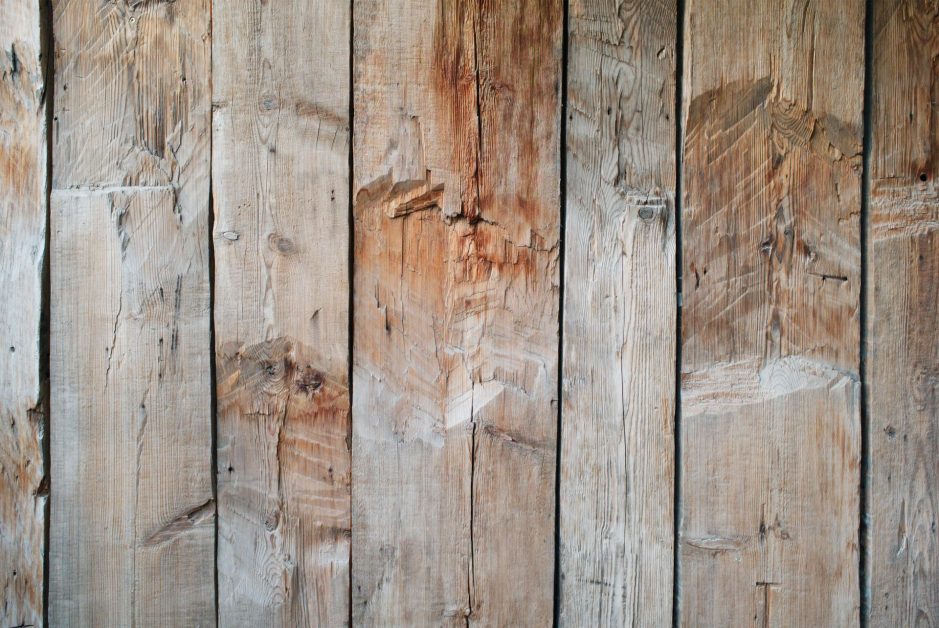Wood is everywhere. From the trees that surround us to the furniture in our homes. The difference is that trees have to be cut down and processed before we can use them to construct houses and burn as fuel.
So, is wood biodegradable and how does its use impact the environment? We find out in this article.
What is Wood?
Wood is simply the fibrous material that is contained within the trunk and branches of any tree. Once these trees are felled and harvested, this wood can be processed into timber so it is suitable for construction, making furniture and burning on fires to provide heat.
Is Wood Biodegradable?
Yes, wood is biodegradable.
Wood is a natural, organic material that will biodegrade and break down under the right conditions. Some of the environmental factors that affect the decomposition process of wood include:
- Water – Water seeps into the pores of cut or damaged wood, loosening its fibers. Running water can break these fibers and separate them, causing further damage. Rainwater and flood water are the two main sources.
- Air – Air, which contains oxygen, assists in decomposing wood fibers.
- Insect attacks – Insects like termites eat wood fiber.
During the biodegradation process, wood is consumed by microbes (bacteria) and fungi. Damaged wood that is left outside will rot fairly quickly due to exposure to wind and rain.
Eventually, this wood waste breaks down completely and returns to the soil.
Treated timber isn’t as susceptible to biodegradation. That is why timber furniture in good condition that is stored indoors can last for hundreds of years.
Is Wood Eco Friendly?
Trees are essential to the environment. They process much of the carbon dioxide (CO2) that we produce and turn it into oxygen.
The problem is that wood or timber is also a vital resource for us as humans which leads to deforestation and the destruction of natural habitats.
In recent years, more sustainable forestry initiatives have been introduced where new trees are planted whenever one is cut down and swatches of land are dedicated to tree growth.
The other problem with our use of wood is that much of it is burnt as fuel to provide heat for homes. Burning wood emits smoke and pollutants into the atmosphere which have a negative environmental impact in the form of greenhouse gasses and climate change.
Wood burning in fireplaces and stoves produces smoke that contains:
- Toxic pollutants like benzene
- Soot (carbon)
- Carbon monoxide
- Sulfur dioxide
- Volatile Organic Compounds (VOCs)
- Dioxins and fine particles
Each of these pollutants reduce the air quality of the atmosphere. Wood stoves can also leak dangerous fine particles into homes where they are directly breathed in. When wood burns not all of it is consumed and this incomplete combustion and the chemicals produced are harmful.
These pollutants such as Oxides of Nitrogen (NOx) combine with Volatile Organic Compounds (VOCs) to form an ozone layer above the atmosphere. Add water vapor into the mix and you have the formation of acid fog and acid rain that falls in lakes, rivers and oceans.
Is Some Wood More Sustainable Than Others?
Wood has proven to be one of the most environmentally conscious and sustainable construction materials available.
But some types of wood are more sustainable and people seek these eco-friendly wood options for their homes. These include:
- Bamboo – It can replace wood used in construction with less of an environmental impact.
- Cork – You can safely harvest it from the bark of cork oak, without causing any harm to the tree.
- Reclaimed timber – Used timber can be used again without the need to harvest more trees. This promotes the reduce, reuse, and recycle sustainability theory.
- Wood from FSC-certified tree plantations that protect the environment and native flora and fauna.
Thankfully, there is little waste in timber production according to the Forestry Commission. The by-products and offcuts from wood processing can be used to make cardboard, clipboards, and paper.
Conclusion
Wood is biodegradable. It’s made up of organic fibers which decompose when exposed to water and air.
As long as timber is produced sustainably and we limit how much of it we burn, wood and timber are a sustainable material and one that we should use in every industry we can.
